-ie / -in
The building blocks of words are called morphemes. All languages have ways of combining morphemes to express different things. So-called derivational morphemes create new words. Shaetlan has a very versatile derivational morpheme -ie which can be used for different kinds of derivations. One systematic use of -ie is to create nouns (entities) out of verbs (actions):
tae blink ('to blink') > a blinkie ('a torch light')
tae creep ('to creep') > a creepie ('a low stool')
tae gadder ('to gather') > a gadderie ('a group, a gathering')
🧩
So-called inflectional morphemes express grammatical information. Shaetlan has the morpheme -in which indicates ongoing action:
tae blink ('to blink') > [X is] blinkin ('[... ] blinking')
tae creep ('to creep') > [X is] creepin ('[... ] creeping')
tae gadder ('to gather') > [X is] gadderin ('[... ] gathering')
🧩
Because StE also has a derivational morpheme -ie (as in daftie, sweetie, etc) which is mistakenly assumed to be new and slangy (in fact it is an older version of -y), the Shaetlan -ie forms are sometimes "corrected" to -in (*a creepin, *a gadderin), but that confuses the building blocks entirely: -in expresses ongoing action while -ie creates nouns.

